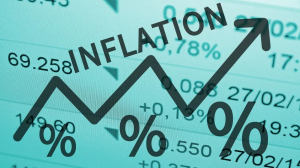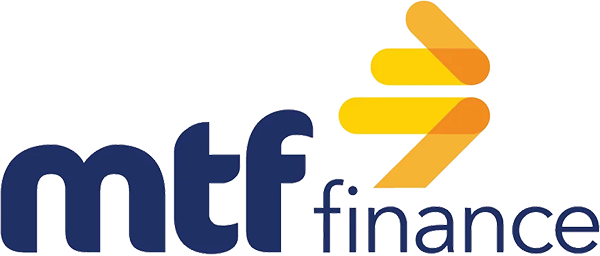How Do I Send Money Overseas?
If you need to transfer money from New Zealand to an overseas account, you have two main options: using a bank, or using an international money transfer specialist. Read on to find out all about each option, and why you should use the services of a company that specialises in helping you make an international payment.
Keep reading










